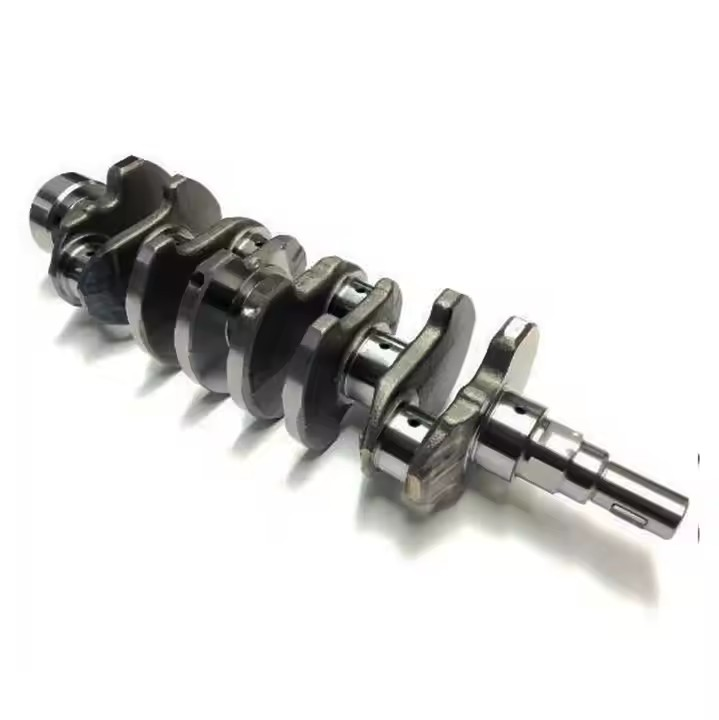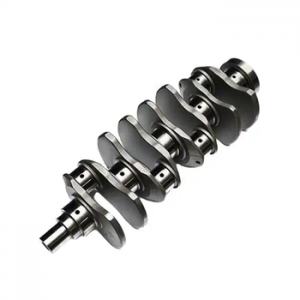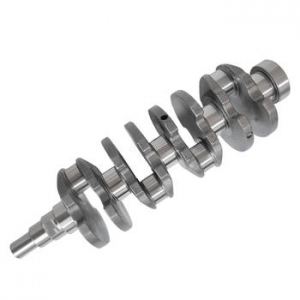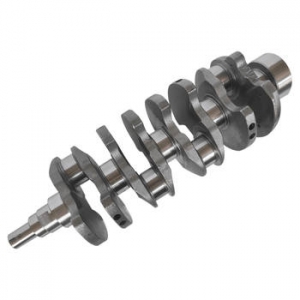Introduction
The marine crankshaft is a critical component in the marine engine, responsible for converting the reciprocating motion of the pistons into rotational motion that drives the propeller. This article will delve into the function, types, and maintenance of marine crankshafts, providing useful information for marine engineers, boat owners, and anyone interested in the inner workings of marine engines.
Function of Marine Crankshafts
The primary function of a marine crankshaft is to transfer the linear motion of the pistons into rotational motion. This is achieved through a series of crank throws, which are offset from the crankshaft's centerline. As the piston moves up and down in the cylinder, it pushes on the connecting rod, which in turn pushes on the crank throw. This causes the crankshaft to rotate, generating the power needed to drive the propeller. In addition to transferring motion, marine crankshafts also serve as a support structure for the engine's main bearings, which provide stability and reduce friction.
Types of Marine Crankshafts
There are several types of marine crankshafts, each with its unique design and features. The most common types include:
- Monobloc crankshafts: These crankshafts are made from a single piece of metal and are typically used in smaller engines. They are less expensive to manufacture but may be less durable than other types of crankshafts.
- Built-up crankshafts: These crankshafts are made by welding or bolting together several pieces of metal. They are more expensive to manufacture but can be more durable than monobloc crankshafts. They are commonly used in larger engines.
- Forged crankshafts: These crankshafts are made by heating and hammering a single piece of metal into shape. They are more expensive to manufacture but are extremely durable and can withstand high levels of stress.
Maintenance of Marine Crankshafts
Proper maintenance is essential to ensure the longevity and reliability of marine crankshafts. Here are some best practices for maintaining marine crankshafts:
- Regular inspections: Inspect the crankshaft, main bearings, and connecting rods for signs of wear or damage. Replace any damaged components as needed.
- Lubrication: Ensure that the crankshaft and main bearings are properly lubricated. This will reduce friction and prevent wear.
- Alignment: Ensure that the crankshaft is properly aligned with the engine's other components. Misalignment can cause vibration and wear.
- Balancing: Ensure that the crankshaft is properly balanced. An unbalanced crankshaft can cause vibration and stress, leading to premature wear and failure.
Conclusion
Marine crankshafts are essential components in marine engines, responsible for transferring motion and providing support. By understanding their function, types, and maintenance requirements, marine engineers, boat owners, and others can ensure that their engines operate reliably and efficiently. Whether you're a seasoned mariner or a newcomer to the world of marine engines, this information will help you appreciate the critical role that marine crankshafts play in powering our vessels across the seas.





